8 Biggest Cryptocurrencies to Watch Right Now
The digital coin market is growing by leaps and bounds. Here's a list of some of the biggest cryptocurrencies to get you started.
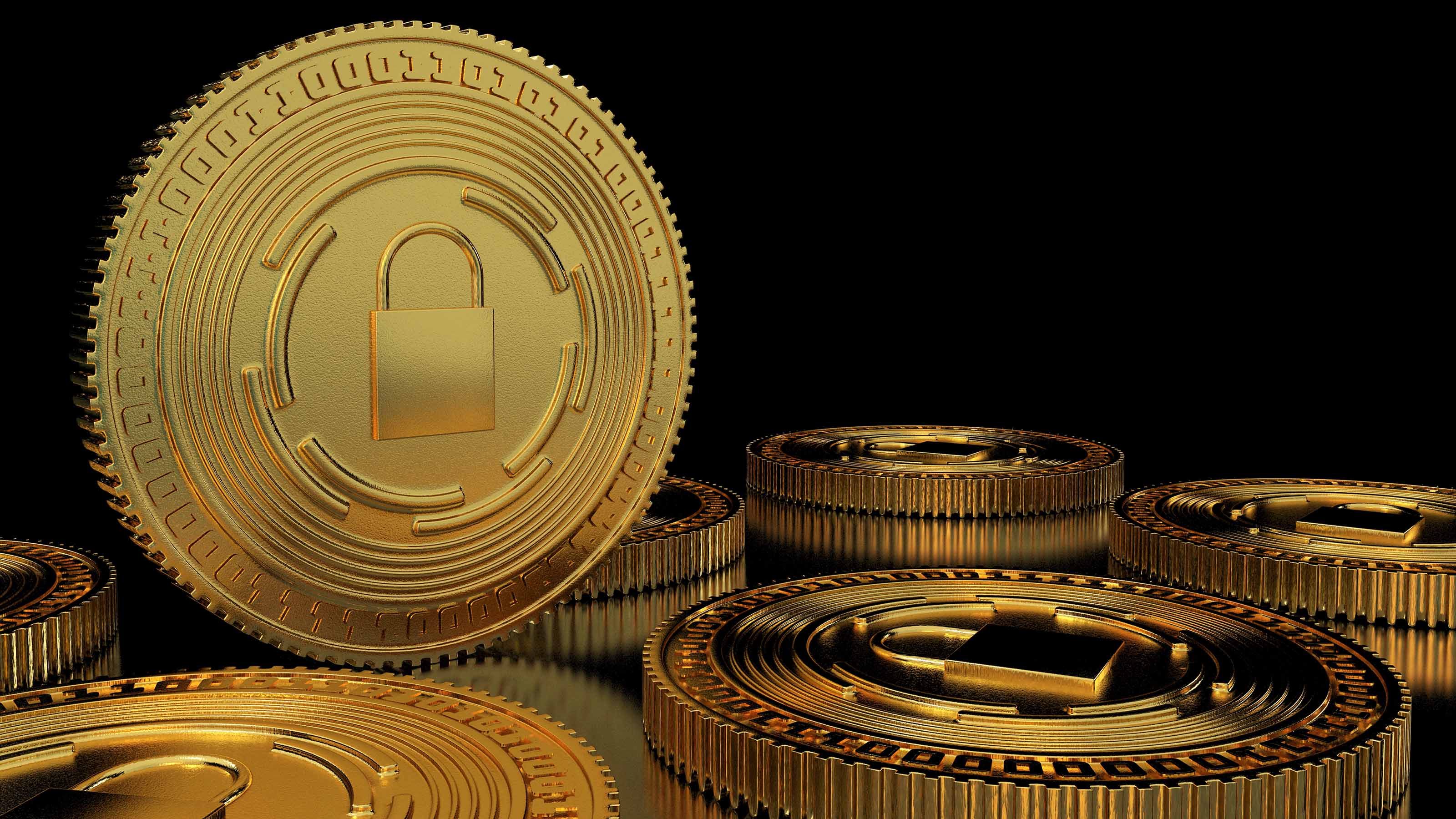

The past year-plus has seen a fresh explosion in cryptocurrencies. Companies are enabling payments via these digital assets or embracing the blockchain technology behind Bitcoin and others, creating a boon for some of the biggest cryptocurrencies.
It's all part of what has become known as DeFi, or decentralized finance. Imagine peer-to-peer networks that offer financial transactions, rather than a single authority like a central bank.
In the 12 years since the first Bitcoin was digitally mined, the space has grown exponentially, with the total crypto market value topping out at an all-time peak near $2.5 trillion in early May (though it was last seen hovering closer to $1.5 trillion).
Along the way, a number of cryptocurrency projects have been developed. Some are centralized, some are not. Many involve community input on adopting new protocols. There are now an estimated 4,000 cryptocurrencies in existence.
Many of the biggest cryptocurrencies at present also look like reasonable, differentiated places for new investors in the space to get started. In many cases, these digital coins have already built proven ecosystems, which should improve their prospects of being excellent long-term investments. Just be aware that cryptocurrencies are rife with risk, so learning about their pitfalls is every bit as important as appreciating the upside.
Here are eight of the biggest cryptocurrencies that are worth watching right now. Not only can you learn what you need to know to potentially make an investment in each, but by understanding the key differences between these major crypto assets, you'll be better able to identify opportunities in smaller coins, too.
Disclaimer
Data is as of June 29, and reflects prices at publication.
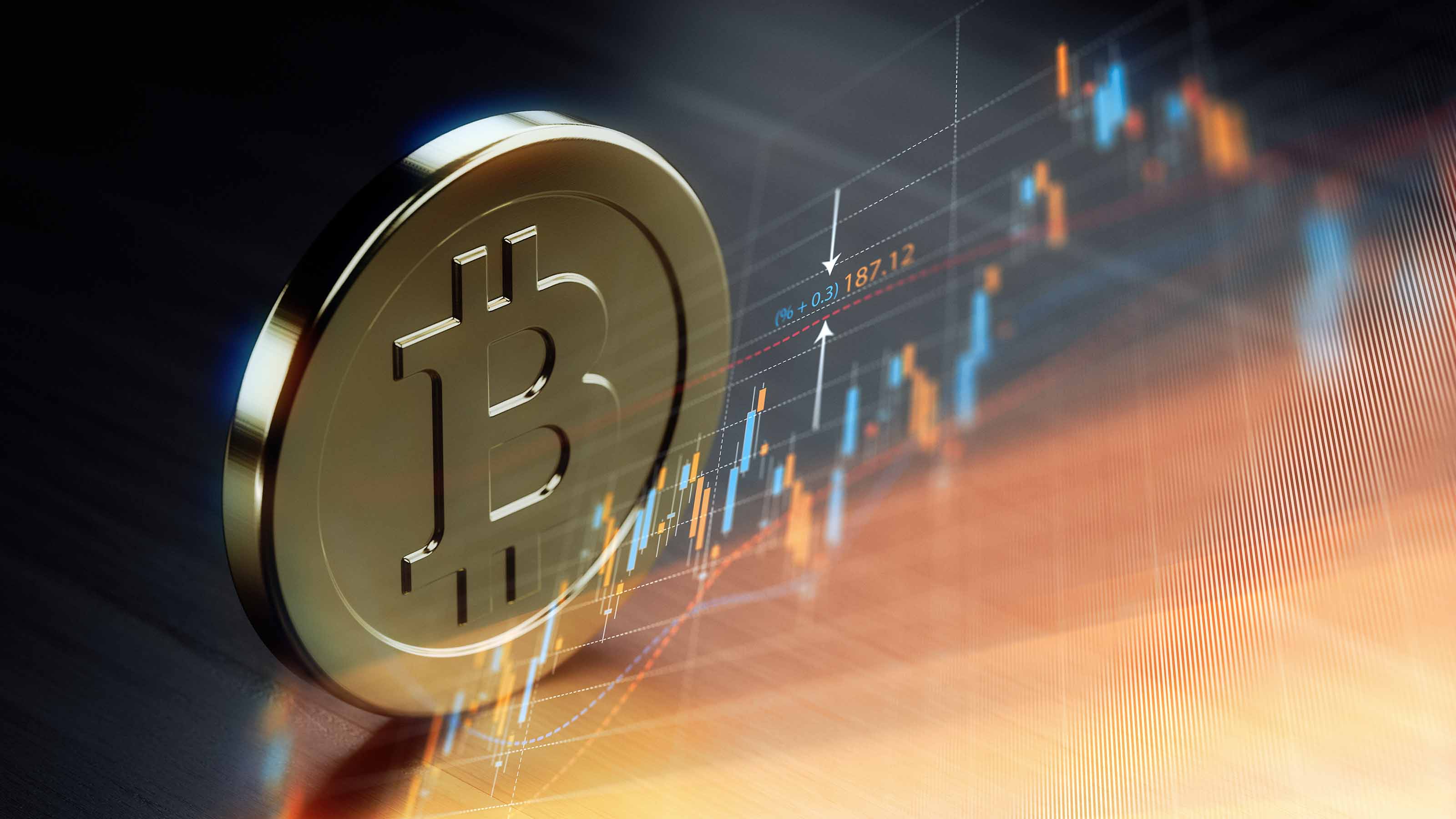
Bitcoin
- Price: $36,151.84
- Market value: $678.7 billion
- One-year performance: 295%
- Organization: Decentralized
- Maximum supply: 21 million coins
The original cryptocurrency still reigns supreme. Using a digital ledger known as blockchain, Bitcoin (BTC) is stored in a decentralized network.
As an open-source cryptocurrency, anyone can take part. The digital asset is divisible up to 1/100,000,000th of a Bitcoin, also known as a "Satoshi," after the pseudonym of Bitcoin's reclusive founder, Satoshi Nakamoto.
Bitcoin is created using a proof-of-work (PoW) model, where miners solve mathematical equations and receive a digital coin as a reward. The PoW system is used to securely sequence the transaction history of Bitcoin on the blockchain.
Bitcoin's most important feature is its hard cap. By design, only 21 million Bitcoin can ever be mined. The rate at which new Bitcoin can be mined is reduced every four years by 50% in a process known as halving, which last occurred in May 2020. Prior halvings have also led to increases in Bitcoin's price (because, in theory, demand is the same, but supply has decreased).
This is why proponents of Bitcoin see it as the ultimate store of value. In a world where most things digital can be easily copied and shared, Bitcoin acts like "digital gold" for securely transferring wealth.
Michael Saylor, a Bitcoin proponent who led his company MicroStrategy (MSTR) to be one of the first publicly traded firms to hold the cryptocurrency as an asset on its balance sheet, told CNBC in February that he believes Bitcoin will continue to grow as it "subsumes" other store-of-value assets, like gold. Additionally, he thinks there's a path for the digital asset to reach a $100 trillion market cap.
Bitcoin already is the biggest cryptocurrency out there, at well more than double the size as the next largest coin. Thanks to the rally in Bitcoin prices over the past year, it was the first digital coin to hit a $1 trillion market cap. And while its share of the overall market has started to decline thanks to the rise of other projects, Bitcoin remains the dominant player in the space.

Ethereum
- Price: $2,217.64
- Market value: $258.3 billion
- One-year performance: 881%
- Organization: Decentralized
- Maximum supply: Infinite
If Bitcoin is like digital gold, Ethereum (ETH) is like owning a piece of the internet.
As billionaire investor Mark Cuban, who recently got into the space, told CNBC, "The number of transactions and the diversity of transaction types along with the development efforts in Ethereum dwarf bitcoin. The utilization of Ethereum is much higher."
Ethereum was built around a peer-to-peer network, much like Bitcoin. But the focus is having a programmable blockchain, meaning Ethereum-based apps can be used for a number of digital assets besides money.
That's why Ethereum is compared to the internet. It has more function and versatility than Bitcoin. And its most recent utility has come from the non-fungible token, or NFT, space. NFTs allow a way to sell an original version of a digital asset like a picture or song with proof of ownership. While copies can be made, there's a record of ownership of the original piece.
This is likely one of the reasons Ethereum has eclipsed Bitcoin's returns over the past few months, the past year and even the past five years.
Unlike Bitcoin, Ethereum has no maximum supply cap. While theoretically infinite, the rate of new Ethereum issuance has been substantially reduced in recent years. And proposals are in place for transaction fees that would "burn up" Ethereum, or take the digital coins out of circulation, which could have a deflationary effect. Thus, investors in Ethereum will want to keep an eye on any changes to the rate of Ethereum growth.
Still, while Ethereum is currently in second place as far as biggest cryptocurrencies go, its market cap could pass Bitcoin if its outperformance continues.

Binance Coin
- Price: $305.79
- Market value: $47.0 billion
- One-year performance: 1,831%
- Organization: Decentralized
- Maximum supply: 200 million coins
Binance Coin (BNB) was developed as an Ethereum-based token before moving to its own blockchain, Binance Chain. It was the first coin to transact solely with other cryptocurrencies and not with fiat money.
Its primary use is for trading crypto and paying for fees on the Binance exchange, of which it is now the native currency. Launched in just 2017, BNB is ranked fifth on the list of biggest cryptocurrencies by market cap.
Given the number of smaller digital assets out there that can't be traded on a major exchange such as Coinbase, the Binance Coin's utility is in creating a way to exchange Bitcoin, Ethereum and other coins for these smaller players.
BNB also has lower fees than converting fiat dollars into cryptocurrencies, as well. That's why it has become a useful tool for active investors in smaller cryptocurrency projects, and why it's the most-used blockchain for active and unique wallets.
Binance launched using an ICO, or initial coin offering. Much like an initial public offering (IPO) for stocks, this allowed the platform to raise capital so the project could be built out. The initial ICO amount was 100 million coins, with a maximum mineable amount of 200 million.
To keep prices from completely collapsing, Binance has plans in place to burn half its supply over time, back to 100 million tokens. The last burn occurred in April 2021, when roughly 1.1 million BNB were permanently destroyed.
The market likes what it sees with Binance Coin, which is up a staggering 1,800% in the past year. In the short term, prices may yet double again.
"Binance Coin price increase in 2021 reflects the rise of BNB from a simple utility token to something much more complex and useful for traders," writes FXStreet's Sheldon McIntyre, who sees the coin moving as high as $1,128.
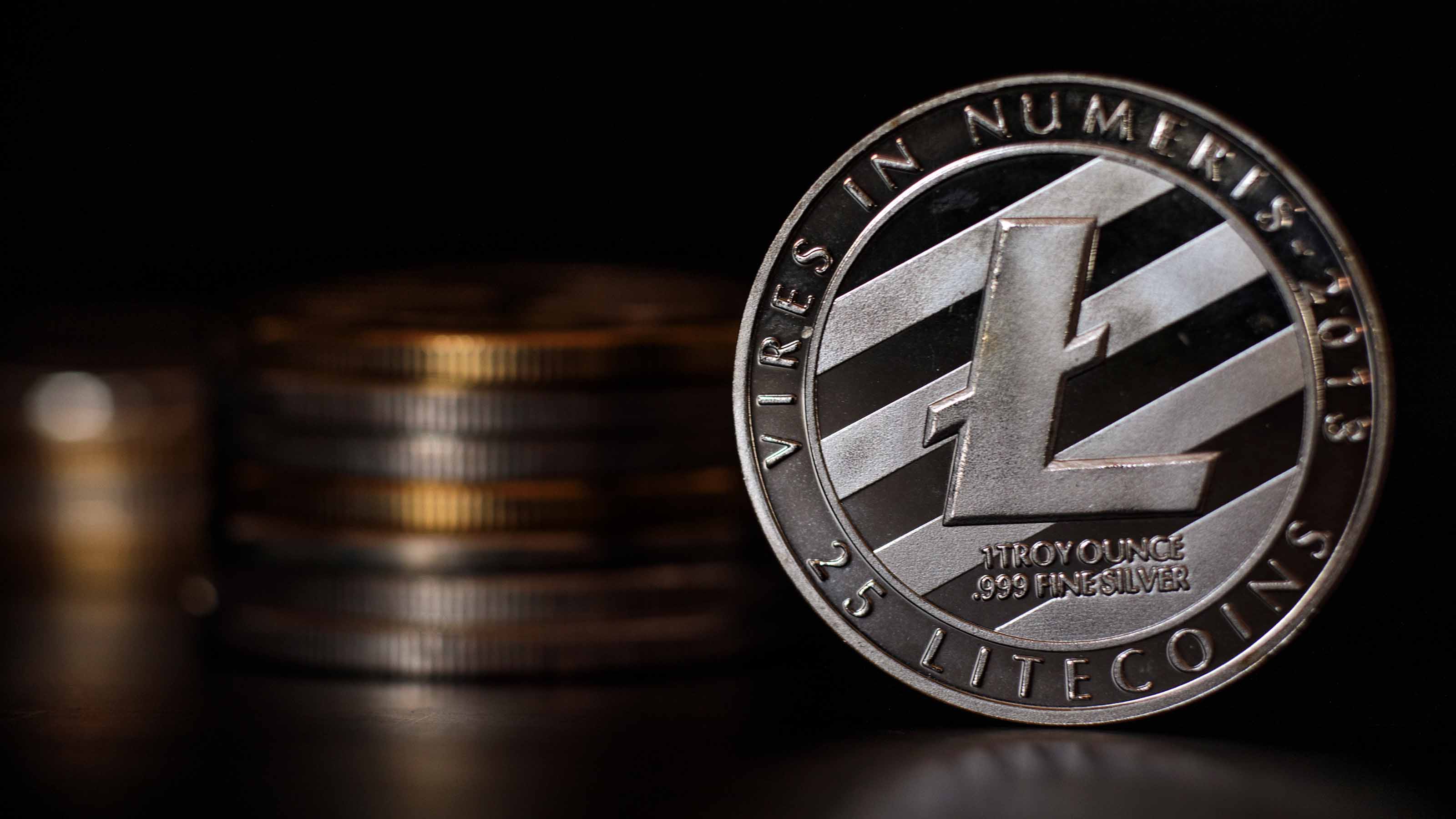
Litecoin
- Price: $147.62
- Market value: $10.0 billion
- One-year performance: 258%
- Organization: Decentralized
- Maximum supply: 84 million coins
"If Bitcoin is very similar to gold, Litecoin (LTC) is very similar to silver," says Charlie Lee, who launched Litecoin in 2011.
Like Bitcoin, LTC also operates as a peer-to-peer currency. It also uses a fully decentralized network with near-zero cost payments. Litecoin is also one of the biggest cryptocurrencies when measured by market cap.
It differs from Bitcoin by having faster transaction times and improved storage efficiency. It's more frequent block generation supports more transactions. This allows for faster confirmation times, which is how long it takes for the transaction to be confirmed by a miner.
Litecoin has been proven as a digital currency. Recent uses have included the sale of a $300,000 Lamborghini to the $1.68 million sale of a Tom Brady rookie card.
LTC has a hard cap of 84 million coins, four times that of Bitcoin.
The cost advantages and superior processing speed over Bitcoin have allowed this long-standing cryptocurrency to continue to move higher.
Like Bitcoin itself, LTC is also being integrated into traditional financial companies for facilitating payments. In April, PayPal's (PYPL) Venmo listed Litecoin as one of the cryptocurrencies users would be able to buy, store and sell on their app.
The similarities and improvements over Bitcoin, coupled with a far lower price, point to more potential for the lower-priced, higher-utility LTC.

Dogecoin
- Price: $0.27
- Market value: $34.6 billion
- One-year performance: 13,400%
- Organization: Decentralized
- Maximum supply: Infinity (and beyond)
If Bitcoin is gold and Litecoin is silver, then one currency is the people's money: Dogecoin (DOGE).
Created in 2013 and based on a popular meme with a skeptical-looking Shiba Inu dog, the cryptocurrency has become a meme in and of itself.
In the past year, a trader with perfect timing could have earned a roughly 20,000% return on the cryptocurrency. At its peak (so far), the coin had a market cap around $92 billion, making it one of the biggest cryptocurrencies out there.
As Elon Musk, a frequent tweeter on DOGE and self-proclaimed "Dogefather" has quipped, "Arguably the most entertaining outcome, the most ironic outcome, would be that Dogecoin becomes the currency of Earth of the future."
But behind the meme, there's actually a reasonable cryptocurrency here. It's another open-source, peer-to-peer digital asset. Among some of its uses: Its low price per coin made it attractive for online tipping and as a reward for filling out paid surveys.
There are downsides, though. For instance, there's no cap to the maximum number of DOGE that can be created. So just like dollars, euros and other fiat currencies, Dogecoin's rally might someday end as cryptos with a hard cap earn more investor interest.
While wild fluctuations are likely, the proven coin underneath the meme makes Dogecoin worthy of at least a second look for starting investors. Though to be sure, it's important for anyone looking at DOGE to be aware of its volatility.
That's especially true following Dogecoin's nearly 30% drop in the wake of Elon Musk joking about DOGE on Saturday Night Live in early May, calling it a "hustle."

XRP
- Price: $0.71
- Market value: $71.5 billion
- One-year performance: 318%
- Organization: Decentralized
- Maximum supply: 100 billion coins
Most cryptocurrencies were designed by users, for users, with input from a peer-to-peer network. If any digital assets were designed to be "corporate," it's XRP (XRP).
XRP and "Ripple" are often used interchangeably to refer to the cryptocurrency. However, Ripple is the money transfer network, while XRP is the name of the actual token that was designed by Ripple Labs and first released in 2012. It runs on the XRP Ledger blockchain.
XRP was created for speedy transactions, its main goal is to compete with the relatively slow speed of the SWIFT banking processing system. Ripple boasts that it can settle transactions in three to five seconds.
Ripple and many of its supporters would tell you that XRP is decentralized. Not everyone agrees, and that includes the Securities and Exchange Commission.
The SEC's current view on cryptocurrencies is that if they're peer-to-peer, they're not securities. The commission believes Ripple Labs distributed XRP in a centralized manner, however, and thus it is a security. So in December 2020, the SEC filed a lawsuit against Ripple alleging it sold XRP as an unregistered security.
XRP has since crashed, recovered to record heights and retreated again, with plenty of volatility in between, as the SEC and Ripple Labs battle it out in court. In the meanwhile, several exchanges have suspended trading in XRP, including big player Coinbase.
Further complicating things: Ripple is reportedly looking to go public in the next year, though it has yet to file the appropriate paperwork.
The combination of uncertainty over whether XRP is centralized or decentralized, legal overhang and possible public moves make this one of the more controversial players among the biggest cryptocurrency names.

Tether
- Price: $1.00
- Market value: $64.3 billion
- One-year performance: 0.00%
- Organization: Centralized
- Maximum supply: Infinite
Tether (USDT) is an example of a stablecoin, as its price is designed to mimic that of another currency, in this case the U.S. dollar. Tether claims to have $1 in reserves for every coin it issues, meaning traders can convert their dollars to USDT and then trade them for other currencies.
Tether was launched in mid-2014 as "Realcoin" and rebranded to its current name later that year. It was built on top of Bitcoin's blockchain, but has since been updated to work on other blockchains including that of Ethereum.
The cryptocurrency is highly centralized, as Hong-Kong based company Tether International is responsible for matching up the dollars on the network to the total number of Tether coins. However, in the past, the company has not always held to a strict 1:1 ratio.
Tether is another controversial cryptocurrency, even as its market cap has passed $50 billion in early 2021. Why hold something that's tied to the same fiat currency many invest in crypto to avoid in the first place?
"For traders to get access to these crypto-only exchanges they often prefer a stablecoin like Tether," Nic Carter, co-founder of Coin Metrics, told Bloomberg. "You can think of the supply of Tether as a transparent proxy for the balance sheet of both the crypto-only exchanges as well as the funds trading crypto on those exchanges."
That demonstrates Tether's utility for cryptocurrency-only exchanges. And according to CryptoComare, about two-thirds of Bitcoin is bought using Tether. So this stablecoin could be the "gateway" out of fiat currencies and into cryptocurrencies.
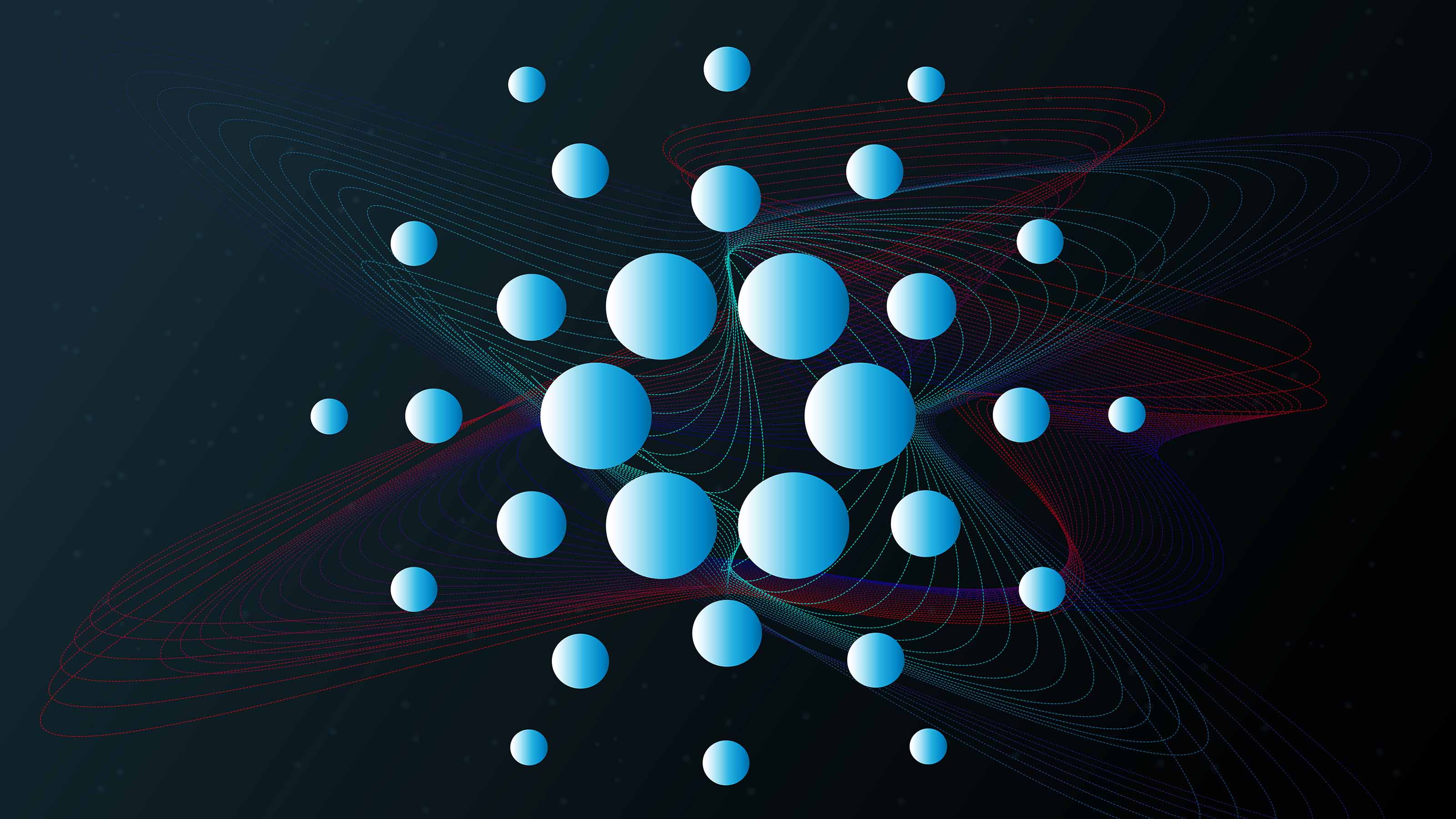
ADA
- Price: $1.39
- Market value: $44.6 Billion
- One-year performance: 1,638%
- Organization: Decentralized
- Maximum supply: 45 billion coins
The one-liner for ADA (ADA) is that it's the leader in the third generation of cryptocurrency. Charles Hoskinson, a co-founder of Ethereum, first began developing the Cardano platform and its cryptocurrency ADA in 2015 and it was launched in 2017.
Cardano is one of the few blockchains to not have a white paper. It uses proof-of-stake (PoS) technology on its decentralized platform. PoS is a lower energy alternative to PoW, and gives additional mining power to those that have more coins.
When comparing ADA to two of the other biggest cryptocurrencies on this list, it has a settlement layer similar to Bitcoin to keep track of transactions. It also has a computation layer similar to Ethereum enabling smart contracts and applications to run on the program.
This addresses the concerns that Bitcoin is too slow and inflexible and that Ethereum has issues with security and scalability. Cardano thus sees itself as a third generation blockchain, integrating qualities from the first two generations of Bitcoin and Ethereum.
Cardano is proving its concept with the backing of the Ethiopian government. IOHK, the development team behind Cardano, just unveiled a project using the blockchain to track the educational progress of students in that country.
"This forms a key plank of our National Digital Transformation Strategy and will underpin a uniquely transparent, data-driven education system based on a dynamic curriculum," said Getahun Mekuria, Ethiopia's Minister of Education, per CoinDesk. "We believe blockchain offers a key opportunity to end digital exclusion and widen access to higher education and employment."
Success in Ethiopia could lead to further expansion of government use of blockchains and cryptocurrencies in the future. Cardano's function as a smart contract platform provides it with a proven value likely to increase over time as its user base expands.
Get Kiplinger Today newsletter — free
Profit and prosper with the best of Kiplinger's advice on investing, taxes, retirement, personal finance and much more. Delivered daily. Enter your email in the box and click Sign Me Up.

A prolific financial writer, Andrew Packer has helmed newsletters on small-cap value investing, early-stage investments, special situations, short-selling, covered call writing, commodity investing, and insider trading, among others. He’s most proud of his 100% win rate on all trades in 2016.
-
 6 Stunning Waterfront Homes for Sale Around the US
6 Stunning Waterfront Homes for Sale Around the USFrom private peninsulas to lakes, bayous and beyond, Kiplinger's "Listed" series brings you another selection of dream homes for sale on the waterfront.
By Charlotte Gorbold Published
-
 Six Reasons to Disinherit Someone and How to Do It
Six Reasons to Disinherit Someone and How to Do ItWhether you're navigating a second marriage, dealing with an estranged relative or leaving your assets to charity, there are reasons to disinherit someone. Here's how.
By Donna LeValley Published
-
 The Cheapest Places To Retire in the US
The Cheapest Places To Retire in the USWhen you're trying to balance a fixed income with an enjoyable retirement, cost of living is a crucial factor to consider.
By Stacy Rapacon Published
-
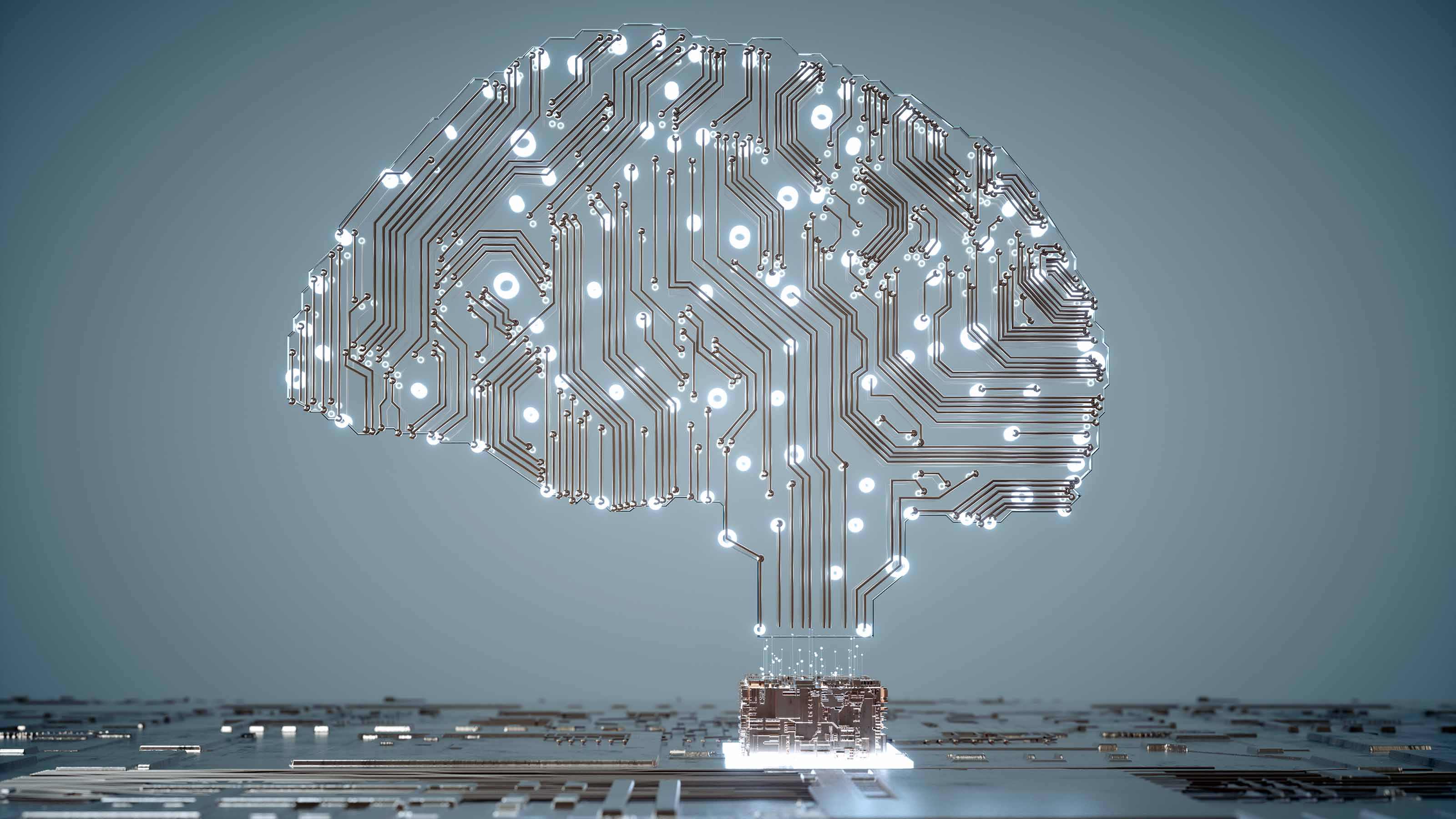 Can Stocks Picked by Artificial Intelligence Beat the Market? 3 Stocks to Watch
Can Stocks Picked by Artificial Intelligence Beat the Market? 3 Stocks to Watchstocks An artificial intelligence stock-picking platform identifying high-potential equities has been sharp in the past. Here are three of its top stocks to watch over the next few months.
By Dan Burrows Last updated
-
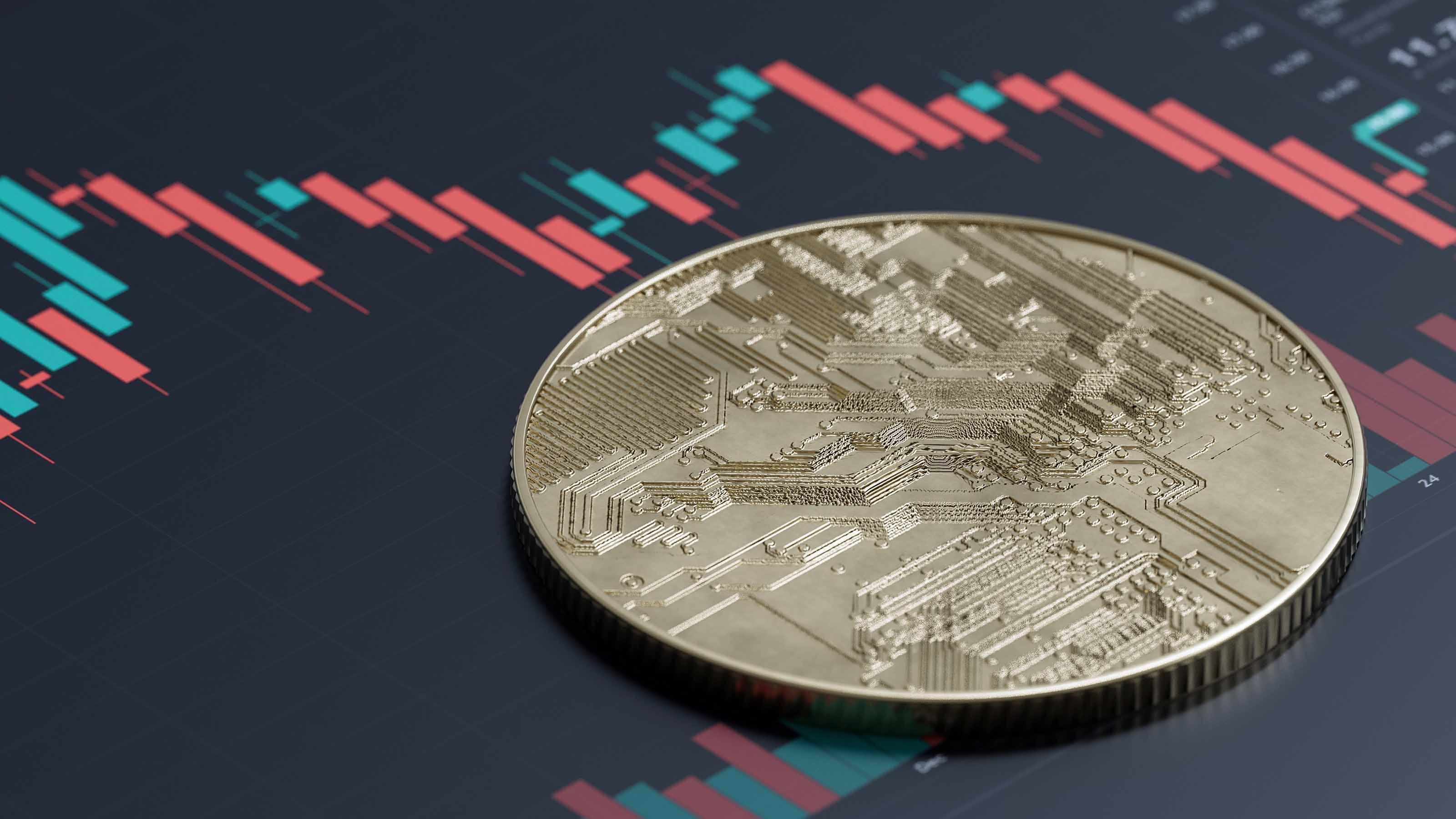 Silvergate Stock Sinks on Liquidation News
Silvergate Stock Sinks on Liquidation NewsSilvergate Capital stock is spiraling after the financial firm said it's shutting down operations at its crypto-friendly subsidiary.
By Karee Venema Published
-
 5 Stocks to Sell or Avoid Now
5 Stocks to Sell or Avoid Nowstocks to sell In a difficult market like this, weak positions can get even weaker. Wall Street analysts believe these five stocks should be near the front of your sell list.
By Dan Burrows Published
-
 Crypto Hackers Stole a Record $3.8 Billion in 2022. Don't Be Next.
Crypto Hackers Stole a Record $3.8 Billion in 2022. Don't Be Next.Cybercriminals stole a historic amount of crypto last year — a growing trend that puts every cryptocurrency investor at risk. The biggest hacks and how to protect yourself.
By Ben Demers Published
-
 Best Stocks for Rising Interest Rates
Best Stocks for Rising Interest Ratesstocks The Federal Reserve has been aggressive in its rate hiking, and there's a chance it's not done yet. Here are eight of the best stocks for rising interest rates.
By Jeff Reeves Last updated
-
 The 5 Safest Vanguard Funds to Own in a Volatile Market
The 5 Safest Vanguard Funds to Own in a Volatile Marketrecession The safest Vanguard funds can help prepare investors for continued market tumult, but without high fees.
By Kyle Woodley Last updated
-
 The 5 Best Inflation-Proof Stocks
The 5 Best Inflation-Proof Stocksstocks Higher prices have been a major headache for investors, but these best inflation-proof stocks could help ease the impact.
By Louis Navellier Published
